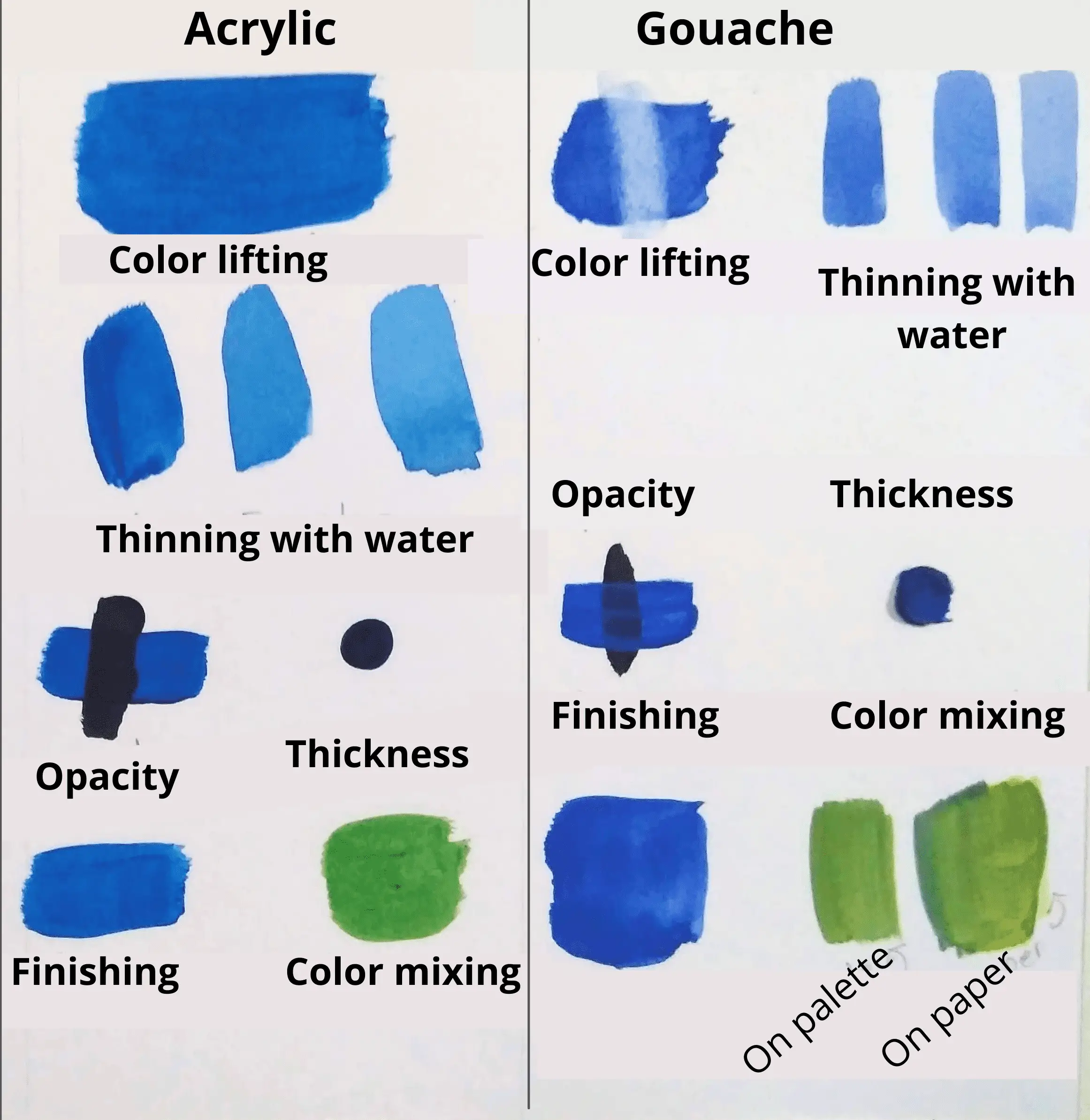Both gouache and acrylic paint is very interesting art mediums. However, they both have their similarities and differences. Gouache and acrylic paints are very different from each other.
Both gouache and acrylic paint are water-based. However, after drying gouache can be reactivated with water while acrylic paint dries into a water-resistant permanent paint layer. Gouache is non-permanent and is mainly used for illustrations. But acrylic paintings are permanent and used for display purposes.
To choose the right art medium for you, you need to know every aspect of paint and how it differs from other art mediums. This article discusses all you need to know about the differences between acrylic paint and gouache.
Is acrylic paint the same as gouache?
Acrylic paint is not the same as gouache although both are water-based. Gouache is known as opaque watercolor which is water-soluble after drying. Acrylic paint has a slightly glossy, water-resistant, permanent finishing after drying. Acrylic gouache is gouache paint that is water-resistant after drying.
Gouache is normally used for illustration purposes. Before digital arts gouache was used as an illustrative medium by artists. Acrylic paint was developed as a nontoxic fast-drying solution to oil paints. Ever since acrylic paint is used by professional artists for displaying purposes.
I have written a whole article comparing all the water-based paints to acrylic paint. You can find a detailed comparison of each water-based paint and acrylic paint including a nice summary with a handy chart.
Gouache vs. acrylic paint
I took both acrylic paint and gouache and ran some experiments on them. I have put down the comparison of acrylic paint and gouache on the watercolor paper below.
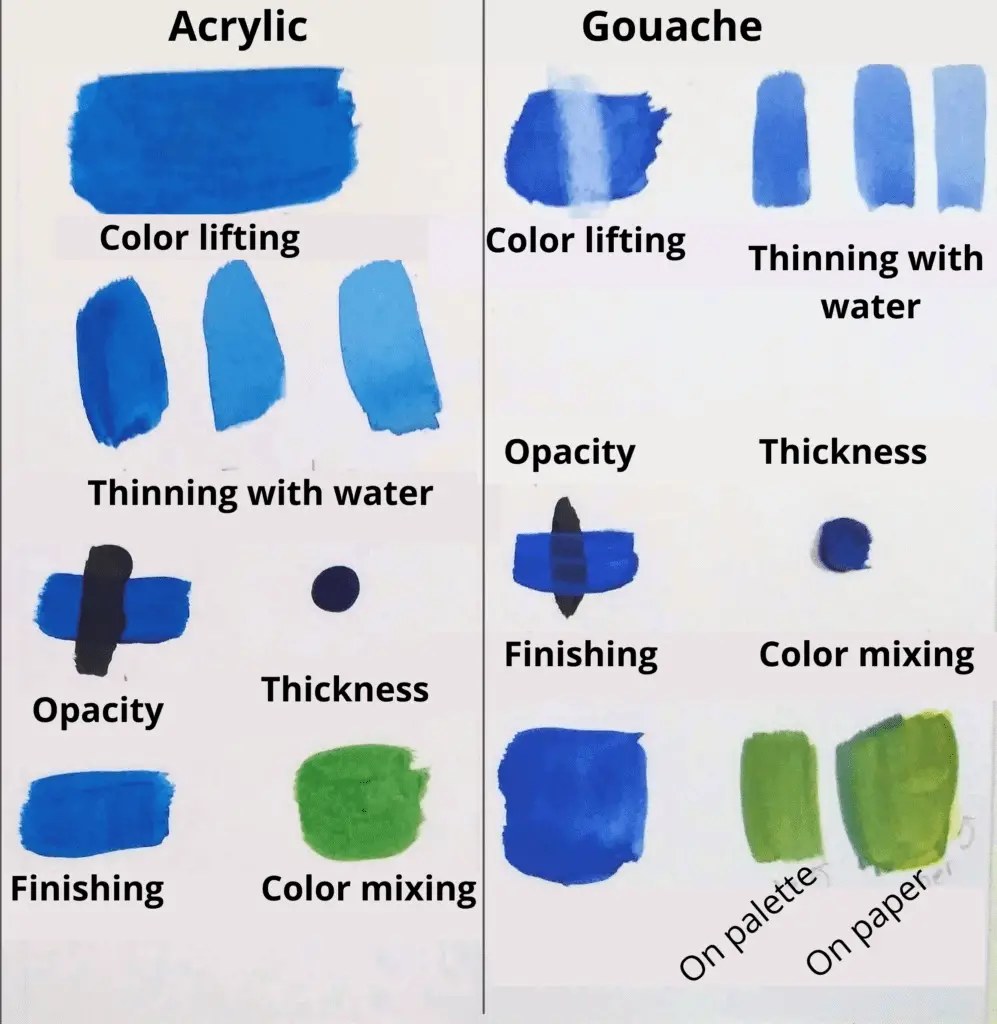
Below the table is a summary of the comparison between acrylic paint and gouache so that you can find what you are looking for right away.
| Aspect | Gouache | Acrylic paint |
| Application | Creamy, matte, and chalky application with a little water | Thick and smooth application with a little or no water |
| Binders | Gum arabic | Acrylic polymer binder which is plastic |
| Pigments | Large pigments that sit on top of the paper | Finely ground pigments, some can be toxic if ingested (eg: cadmium) |
| Usage | Used by beginner to professional artists for designing purposes | Used by beginner to professional artists for displaying purposes |
| Coverage or opacity | Very opaque and full coverage | Opaque and covers well. Opacity changes with pigments used. |
| Price | Expensive (Designer gouache- 12 USD/ fl oz), but fewer accessories required | Less expensive ( artist’s acrylic- 5USD / fl oz) and more accessories needed |
| Color lifting | Colors can be reactivated with water and lifted with tissue paper even after drying | Colors do not lift. They are permanent after drying |
| Color mixing | Excellent color mixing ability both on-page and on the palette. A wide range of opaque and vibrant colors can be obtained | Excellent color mixing ability, a wide range of opaque and vibrant colors can be obtained |
| Drying qualities | Dries slowly within 10 – 30 minutes | Dries quickly within 10 – 20minutes |
| Layering | Can build up layers from thin to thick | Can build up layers from dark to light colors |
| Texture and consistency | Creamy consistency by mixing with a little water | Thick and smooth texture with a little water(Consistency can be changed with acrylic mediums) |
| Finishing | Opaque matte finishing | Opaque satin or slightly glossy finishing |
| Lightfastness | Lightfast pigments but nonpermanent when contacted with water | Lightfast high-quality pigments that are permanent |
| Painting surface | Watercolor papers, watercolor blocks, or thick paper | Most surfaces like canvas, paper, wood, plastic, metal, and glass |
| Paint thinning | Can be thinned using water | Can be thinned using water and acrylic mediums |
| Color shifting after drying | Dark colors dry lighter and light colors dry darker | Colors tend to darken after drying |
| Accessibility | Available in most art stores. Fewer accessories are needed. Available in tubes and pans | Available in most art stores but more things are required to get started. Available in tubes, jars, and bottles |
Detailed comparison of acrylic paint and gouache
Below I will compare each property and aspect of acrylic paint and gouache in detail. It will help you to get in-depth knowledge of your paint mediums.
Application
Gouache is a pastel-like paint. It can be applied very thinly like watercolors or thickly. Thick applications have a matte and chalky finishing to them. You can mix gouache with some water and apply. Applying very thick layers of gouache leads to the cracking of paint.
Also, you need to remember the fat over a lean rule that is used in oil paintings for gouache. Apply very thin layers of gouache first and build up your layers with too thick opaque finishing. Add fine details with opaque paint with a little water. Make sure to apply paint very smoothly, not to activate the gouache layers underneath.
Gouache does not have a thicker application like acrylics.
Acrylic paint on the other hand has a smooth and thick paint application when mixed with some water. Acrylic has a plastic nature to it. It can also be applied with a dry brush to create dry brush techniques. You can change acrylic paint application by mixing it with acrylic mediums.
As an example, if you mix acrylic paint with acrylic gel medium, the paint application will be very thick. Also if mixed with textured pastes, the paint application will be textured. If you want to apply very thin layers of paint, mix with more water, glazing medium, acrylic matte medium, or acrylic gloss medium.
Pigment
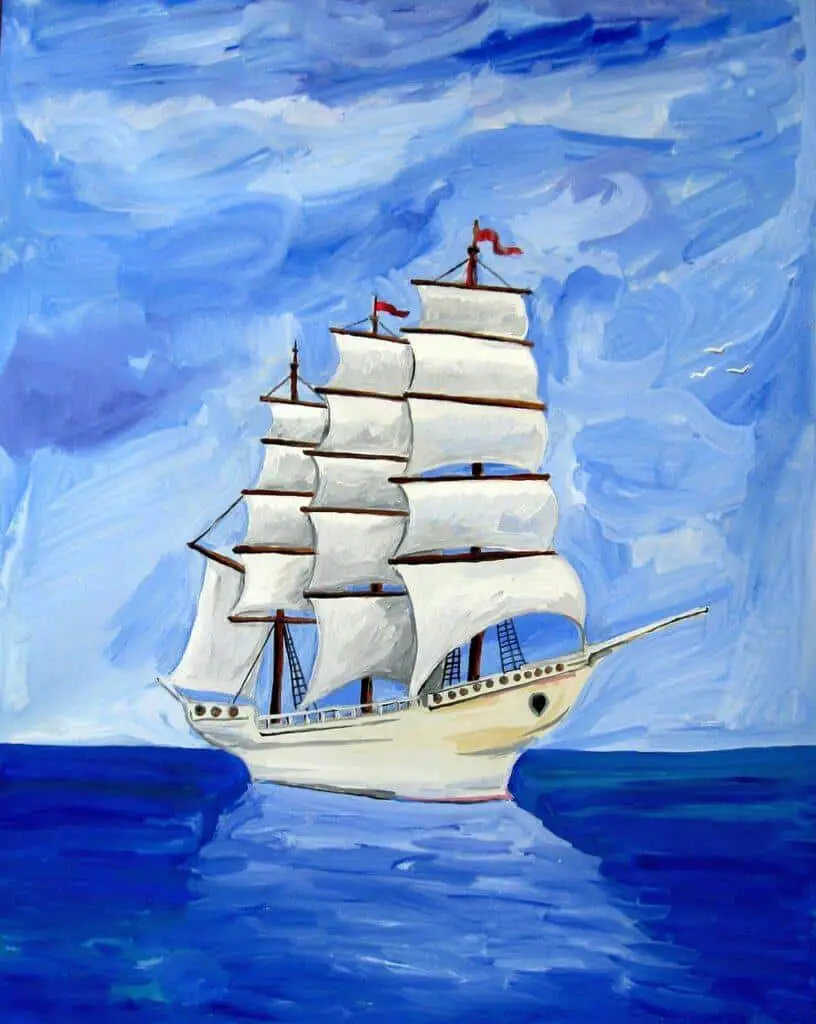
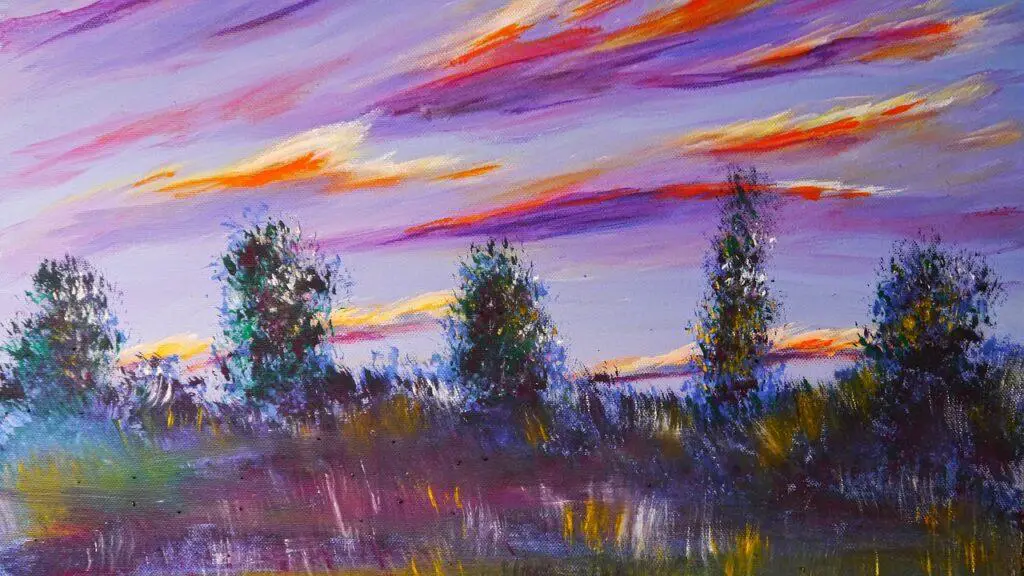
Gouache has large pigments that sit on top of the paper when painted. There are wide a variety of colors and pigments you can pick gouache from.
Acrylic paint on the other hand has high-quality finely ground pigments. There are both vibrant and muted acrylic pigments. The price of acrylic paint depends on the pigment used. When a paint tube has high-quality pigments that are rare or expensive to process, the price goes up.
Both acrylic paint and gouache paint can be bought with high-quality pigments and low-quality pigments. Usually craft quality or student grade acrylic has low-quality pigments in fewer concentrations. Designer gouache has relatively low-quality pigment compared to artist’s gouache.
Binders
In general, gouache uses gum arabic as the binders. Binders help to bind the pigments together in a paint film as well as bind them onto the painting surface. Gouache binders are water-soluble. Meaning even after drying, paint can be reactivated with water.
Acrylic paint uses acrylic polymer binders. Acrylic paint is made by emulsifying water and pigments in the acrylic polymer. Acrylic polymer or plastic is not water-soluble. But as acrylic paint is a water emulsion it can be dissolved in water.
After applying to a surface, water escapes from the paint film, either by absorbing into the surface or evaporating. The acrylic polymer in the paint is compact and traps pigments in a honeycomb shape. It then dries into a water-resistant plastic film.
Usage
Gouache paint is best for designs and illustrations are done on paper that is scanned and reproduced such as for illustrations in the books. They are used by artists in the early days before digital art. Its matte chalky finishing and opaque paint layers are perfect to be scanned.
Gouache is used by professionals to designers. Artists’ gouache which is more expensive is made for finer artists. Traditional gouache which is less expensive and is used by designers to scan and reproduce work. Professional artists such as Boris Kustodiev, Henri Matisse, and Salvador Dalí used gouache in their paintings.
Acrylic paint is used by professional artists to display their art on canvases. It is the best medium for abstract paintings. Also, it is a very beginner-friendly medium where techniques are easy to learn.
Coverage or opacity
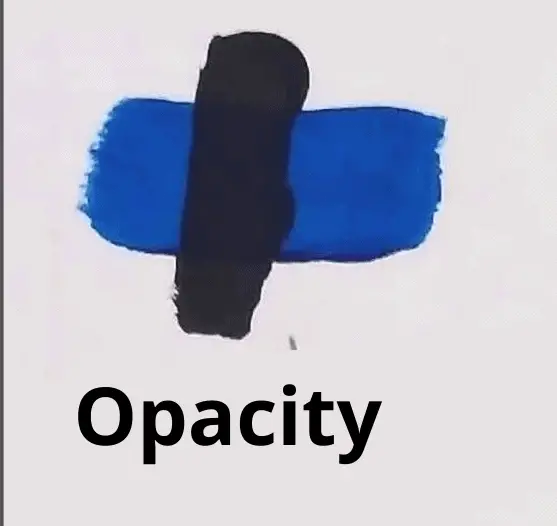

Gouache is known for its opaque nature. You do not need to apply gouache very thickly to be opaque. Right consistency with a little water makes opaque guache that covers well. The paint layers are matte and chalky. Always consider layering thick layers over thin layers.
Because covering a thick paint layer will reactivate the colors in it. But if you are trying to cover a thin paint layer, the colors will not be reactivated. Always let the paint layers dry before applying another layer. As you can see in the above image gouache colors are more opaque than acrylic paint.
Gouache paints are opaque regardless of their quality. Both designer and artist gouache is opaque.
Acrylic paints are mostly opaque. If you want more coverage with acrylics, it is best to buy artist-grade acrylics. They have high pigment concentration and less filler. Following is a link to the best acrylic paint deal at Blick Art: Liquitex Professional Heavy Body Acrylic Paints and Sets.
I wrote a whole article about why your acrylic paint does not cover well. You can find how your acrylic paint covers the paint layer underneath and why the acrylic paint is not covering well.
Drying qualities
In general, gouache dries slowly on paper within 20 minutes or less. However, drying time can be increased with high humidity and thicker paint application. Drying gouache layers properly is crucial in layering. This process can be sped up with hot air from a hair drier.
In general acrylic paint dries within 10 to 20 minutes or dries to touch within minutes. Quick-drying time is sometimes a caveat of using acrylics. In these cases use acrylic paint retarder or acrylic paint that has more open time. One of the best choices is Golden Open Acrylic Paints (link to view on Blick Art)
Color lifting
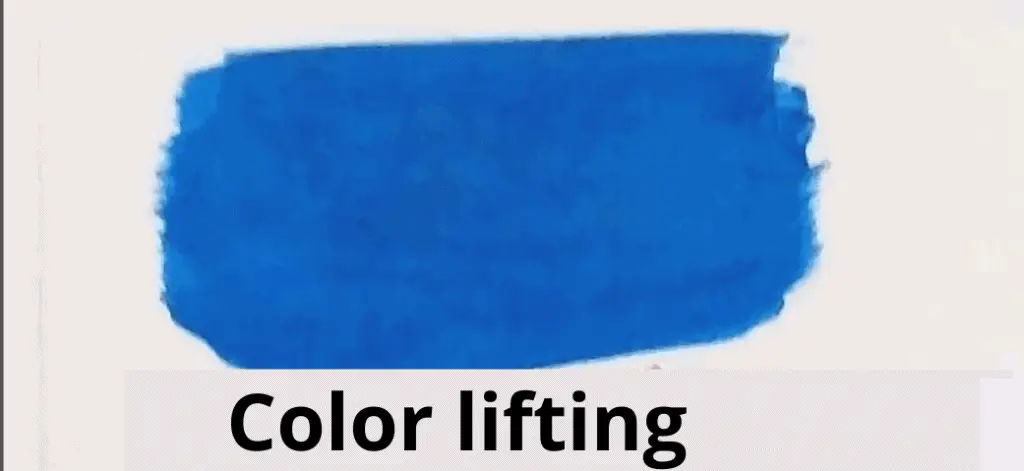
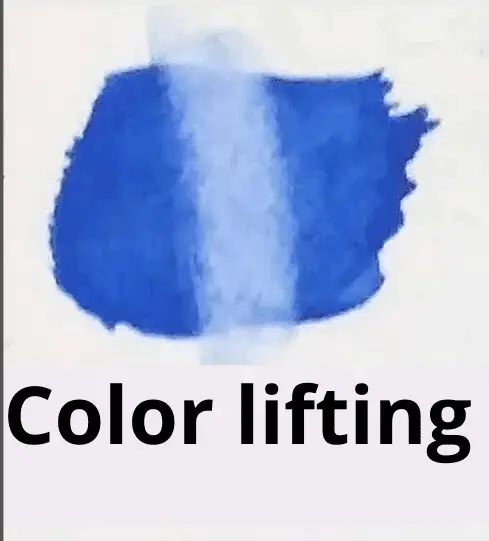
Color lifting is a useful technique in gouache to remove paint from paper. Color lifting can be done by mixing water on paper with your brush and blotting the paint with tissue paper. Paint will be lifted onto the tissue paper. Because of this reason and being opaque gouache is a more forgiving art medium.
Acrylic paints dry into a water-resistant permanent paint layer. Meaning acrylic paint cannot be lifted after drying. However, you can easily lift acrylic paint while still wet in the same ways as gouache. This way you can correct painting mistakes easily. Acrylic is also very beginner-friendly.
Texture and consistency

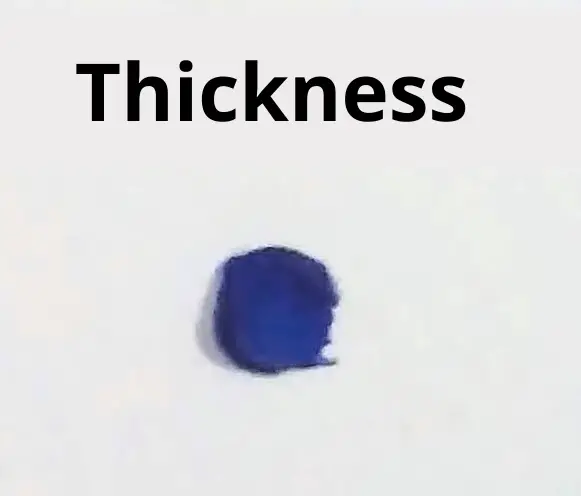
Gouache has a creamy consistency. It is important to mix gouache into the right consistency with some water to paint even opaque paint layers. But acrylic paint is thicker than gouache. When applied straight from the tube gouache is thicker than craft or student-grade acrylic paint.
Acrylic paints can be bought in different consistencies such as heavy body, soft body, and liquid acrylics. Acrylics mostly have a buttery consistency, especially in the case of craft quality or student-grade acrylics. Artist-grade acrylic is thicker.
As mentioned before acrylic paint’s consistency can be changed by mixing it with acrylic mediums. Thick consistency can be achieved by acrylic gel mediums. More transparent layers can be achieved with acrylic glazes, matte medium, and gel mediums.
Finishing
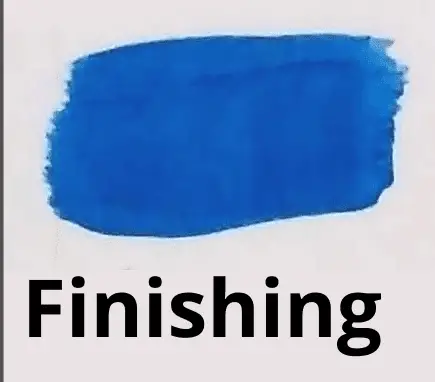
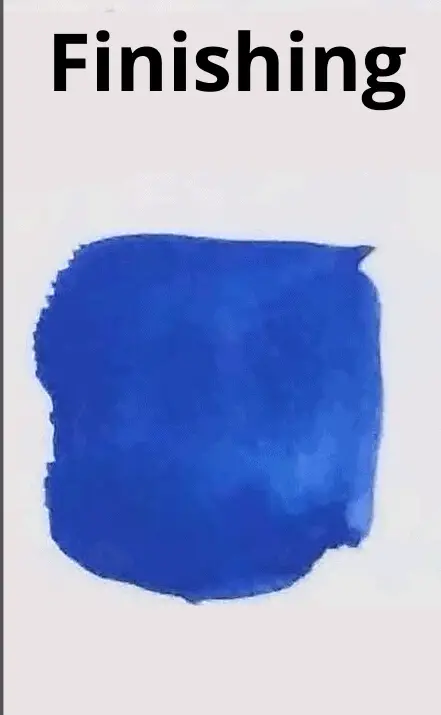
Gouache paintings have an opaque, chalky, matte, and even finishing. It is perfect for designing and scanning.
Acrylic paint has a statin or slightly glossy finishing. But you can always manipulate the finishing with acrylic mediums such as matte medium and gloss mediums. The sealant or varnish used on the finished acrylic painting can also change the finishing.
If you use an acrylic gloss varnish, you will have a glossy finishing and acrylic matte varnish gives a matte finishing.
Lightfastness
Lightfastness refers to how well a painting can stay unchanged and not fade in exposure to sunlight. The lightfastness is usually indicated on the label. Both artist-grade acrylics, and designer and artist-grade gouache have lightfast pigments.
Lightfastness is rated from 1 to 4, 1 being the best lightfastness and 4 being the worst. Winsor and Newton use a different lightfastness scale. They use AA to indicate extreme lightfastness and permanency while C is the worst.
Typically in gouache, blue pigments are lightfast, and pink and violet pigments are not. You can check the lightfastness on the label of the tube. If you want the work to be preserved for a long time, use lightfast permanent colors.
When buying acrylic paint go for high-quality acrylic paint brands such s Liquitex or Golden. They have lightfast and permanent pigments. It is important as most acrylic paintings need to be preserved for a long time without fading.
Paint thinning
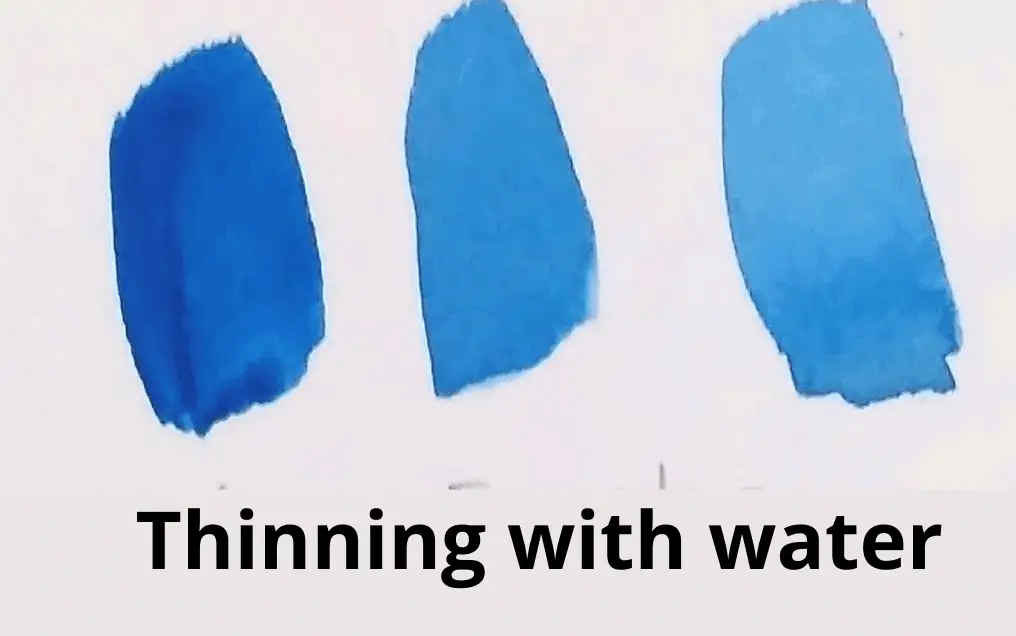
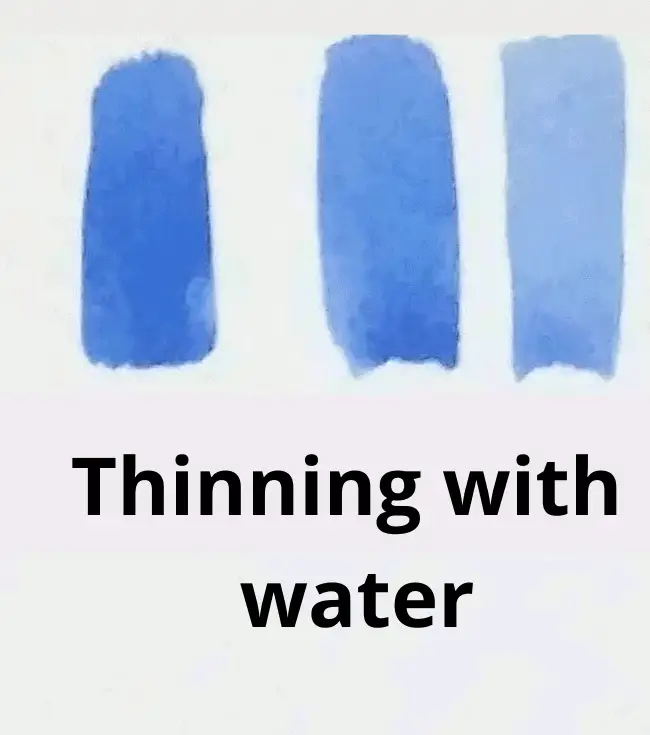
Gouache can be thinned with water. Using the right amount of water is important to create an even opaque layer. You can use more water with gouache to create a watercolor effect and use it for the first few layers.
Acrylic paint can be thinned in many ways. The most convenient and free way to thin acrylic paint is with water. You can use acrylic mediums like matte medium and gel mediums to thin acrylic paint as well.
I wrote a whole article about thinning acrylic paint. You can find the best ways to thin acrylic paint and have answers to your burning questions related to thinning acrylic paint in the article.
Color mixing
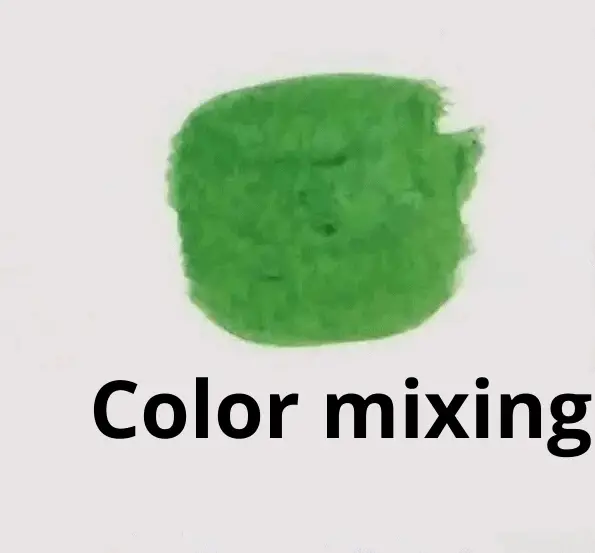
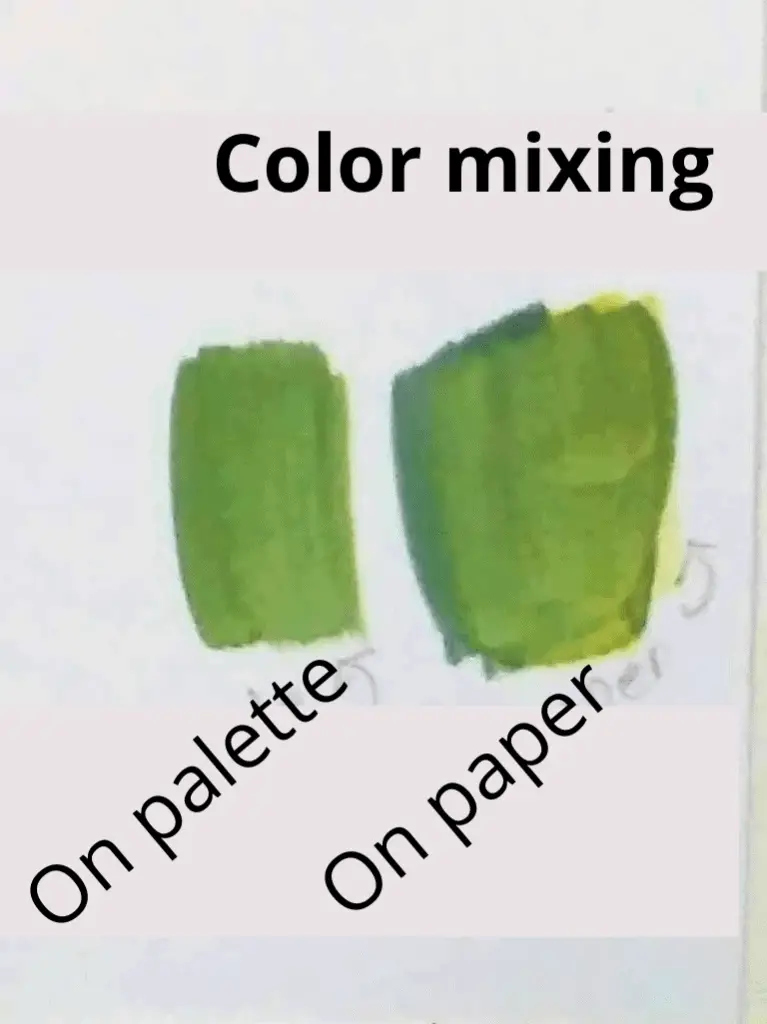
Both acrylic paint and gouache can be mixed to get vibrant colors. They can be either mixed on palettes or paper or canvas. A flat surface palette is suitable for acrylic paint mixing while a palette with small containers will be best for gouache paintings.
Following are links to one of the best watercolor palettes and acrylic paint palettes respectively on Blick Art: Eldajon Palette, Masterson Sta-Wet Premier Palette.
You can use primary colors of acrylic and gouache to mix any color you want. However, the colors you need to paint differ from artist to artist. With acrylics, you only need a simple palette with 5 colors. These 5 colors are titanium white, ultramarine blue, cadmium yellow medium, alizarine crimson, and burnt umber.
I recommend you to start with the same simple color palette for gouache and add any new colors if needed.
Painting surface
The best compatible painting surface for gouache is paper. You can use watercolor paper or any thick paper. You can use watercolor blocks as it is very convenient. Following is a link to high-quality watercolor paper for the best deal on Blick Art: Arches Watercolor Blocks
Acrylic paint is a very versatile paint that can be used from paper to canvas to glass to metal. It can be painted on almost anything you can think of with proper surface preparation. However, the canvas is the most common way of painting with acrylics and displaying artwork.
Accessibility

Gouache is available in tubes and pans. The most common form and best way to use acrylic are with tubes. They are available in almost every art store.
Acrylic paint is also available in different forms. Their viscosities change from soft body acrylics to heavy-body acrylics, and fluid acrylics. Also, the consistency can be changed with mediums as mentioned before. Both acrylic and gouache paints can be bought in individual tubes.
Price
One of the best brands of gouache paints is Winsor and Newton designer gouache. However, they are relatively more expensive than acrylic paint. 1 fl oz of gouache paint cost around 12 USD while 1 fl oz of acrylic paint cost only 5 USD.
Watercolor paper which is the painting surface for gouache is also expensive. 9″ x 12 high-quality watercolor block costs around 43 USD. You can get 10 canvases for 26 USD to paint acrylics.
Acrylic paints can be bought in a wide price spectrum. Usually, the cheaper paints are less in quality and have less coverage. Therefore investing in expensive artist-grade acrylic will be the best choice. Artist-grade acrylics can be used for a long time as a little goes a long way.
When it comes to art supplies finding the best art supplies is crucial. Below have included links to the best acrylic brands and gouache brands for you to get started with. Links will take you to Blick Art Materials where you can find the best deals lower than the market price.
- Artist-grade acrylic paint set- Golden Open Acrylic Paints, Liquitex Professional Heavy Body Acrylic Paints, and Sets
- Designer gouache- Winsor & Newton Designers Gouache
Final thoughts
Acrylic paint is used by a professional artist for display purposes, usually on canvas. Gouache is used by designers before the digital arts to create illustrations, posters, and other designs. They are usually scanned and reproduced rather than used for permanent work.
Gouache dries slowly into a matte opaque finishing, which can be reactivated with water. Acrylic paint dries quickly into a permanent water-resistant paint layer. You can use either of these paints depending on the purpose.
FAQ
Is gouache better than acrylic paint?
The best art medium depends on the purpose of the artwork. If you want to do illustrations with paintings on paper and later scan and reproduce them, gouache is the best medium. But if you want to paint on canvases and display art or sell your artwork as it is then acrylic paint is the best choice.
Can I use gouache instead of acrylic?
Acrylic gouache can be used instead of acrylic paint as it is water-resistant and as permanent as acrylic paint. But acrylic gouache is mostly transparent and has less coverage. Traditional gouache cannot be used instead of acrylic paint as they are reactivated with water after drying and painted on only paper.
Can acrylic be used as gouache?
Acrylic paint cannot be used exactly as gouache. It is easy to layer with acrylic paint on paper like gouache. But as acrylic paint dries quickly and the paint cannot be reactivated after drying, blending capacity is limited. It can be difficult to paint on paper as acrylics are thicker than gouache.

